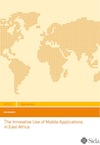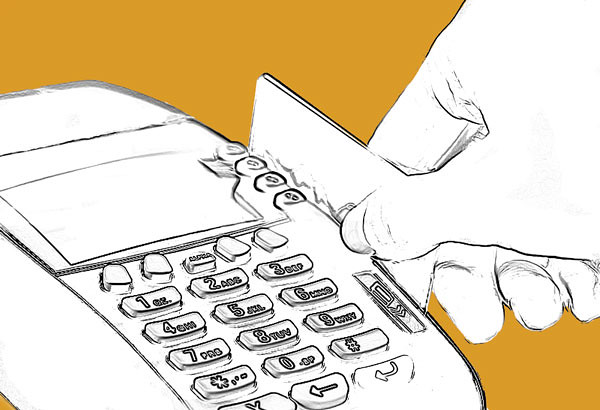The innovative use of mobile applications in East Africa
The report outlines major trends and main obstacles for increased use as well as key opportunities and potential for scaling-up mobile applications. It draws on secondary data and statistics as well as field work carried out in Kenya, Rwanda, Tanzania and Kenya during 2008 and 2009.
It identifies relevant applications in an East African context for reaching and empowering the poor and contribute to social and economic development. The identified mobile applications range from small pilots to scaled-up initiatives – from simple agricultural, market or health information services to fairly advanced financial and government transaction services.
From the executive summary:
“The ‘killer application’ in East Africa is peer to peer communication, i.e. voice, SMS and beeping. The number of subscribers who use their phones to access internet is however steadily growing, which opens up for a whole range of new applications and possibilities. Many of the existing SMS based applications that could benefit the poor the most are still in their infancy in the region. A few successful cases, namely mobile money transaction systems and various health related solutions are being used at scale, but the fact remains that the number of scaled-up mobile services are still few and/or limited geographically.
So, what hinders the take off of mobile applications for economic and social development in East Africa?
- First the cost of communication must go down – SMS is very overpriced and so is voice and data traffic.
- Secondly, many applications and services never reach out to the masses due to poor marketing and the non-existing meta data about the available applications. Subscribers must know what solutions are available, why and how to use them. This will lead to volumes intensive which will eventually lower the price of the particular service. In other words, there is a huge need for marketing (of the product) and education (for the end user) in order to make mobile applications sustainable.
- Thirdly, many interventions are not designed with scale in mind. Few implementers are familiar with all the costs involved and seen from a technological point of view, the requirements on networks and different requirements on handsets and end-users that mobile applications have must be understood better.
Despite these challenges, we are witnessing a small revolution regarding new applications and services added to the mobile phone.
Some high potential application areas include financial services and various governance related services. After successful implementations of mobile money services in Kenya, Tanzania, Uganda and most recently in Rwanda, m-banking is set to grow. As it grows, there will be an integration of m-transactions systems into existing applications and services and m-commerce in general will thereby take off rapidly and widespread. Public service delivery can be improved by integrating services with m-transactions and facilitating interaction between the state and its citizens.”




